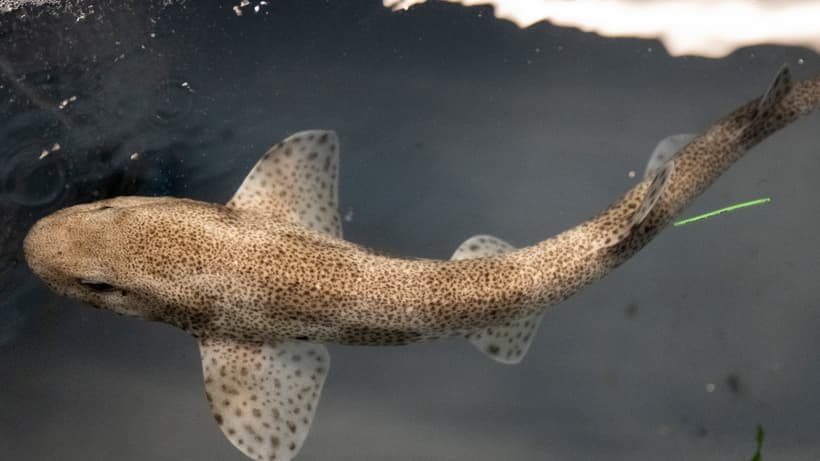Over two years, small-spotted catsharks have been released into the wild from the House of the Sea in Lysekil with transmitters in their stomachs. Now, some have swum back home again, and researchers can see that some have swum far, reports Göteborgs-Posten.
Around 50 small-spotted catsharks have been released into Gullmarsfjorden from the House of the Sea over the past two years, where they were bred in aquariums with a natural environment. They had transmitters in their stomachs. The background is a project between the Swedish University of Agricultural Sciences (SLU) and the House of the Sea, where researchers want to create a picture of the catsharks' behavior and movement patterns.
We thought the sharks would stay around where they were released, but that's not the case. These fish have a hell of a pace, says Daniel Palm, a researcher at the Department of Wildlife, Fish and Environment at SLU, to the newspaper.
Swum far
The one that swam the farthest took 16 miles away by bird route, which according to Daniel Palm means it swam almost twice the distance. Geographically, they have moved in completely different directions. Some have swum north to Smögen while others have taken themselves south to the island of Nidingen in Halland before turning back home to the House of the Sea. You can also see that the sharks have moved at a depth of between 20 and 100 meters.
The behavior called "homing" also exists in other species and is an evolutionary pattern. If you survive upbringing, it gives a signal that it's wise to return to where you were born to have your offspring there. Which means a greater chance of survival.
"Low risk"
You take a low risk by coming back. Whether this theory is an explanation for what we're seeing right now with the catsharks' movement patterns, I can't say, says Daniel Palm.
The next step could be to catch wild catsharks and also place transmitters in them. This would give researchers the opportunity to compare behavior and movement patterns between wild sharks and those bred in aquariums.






